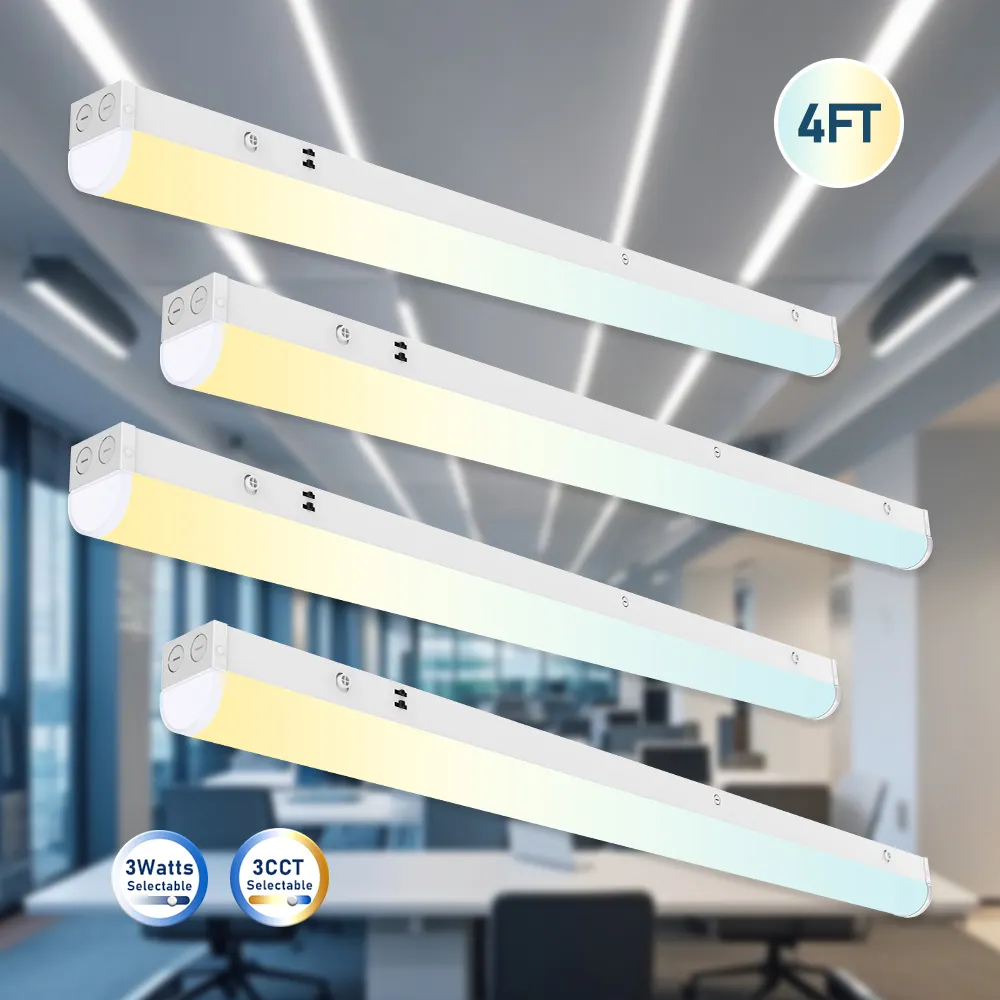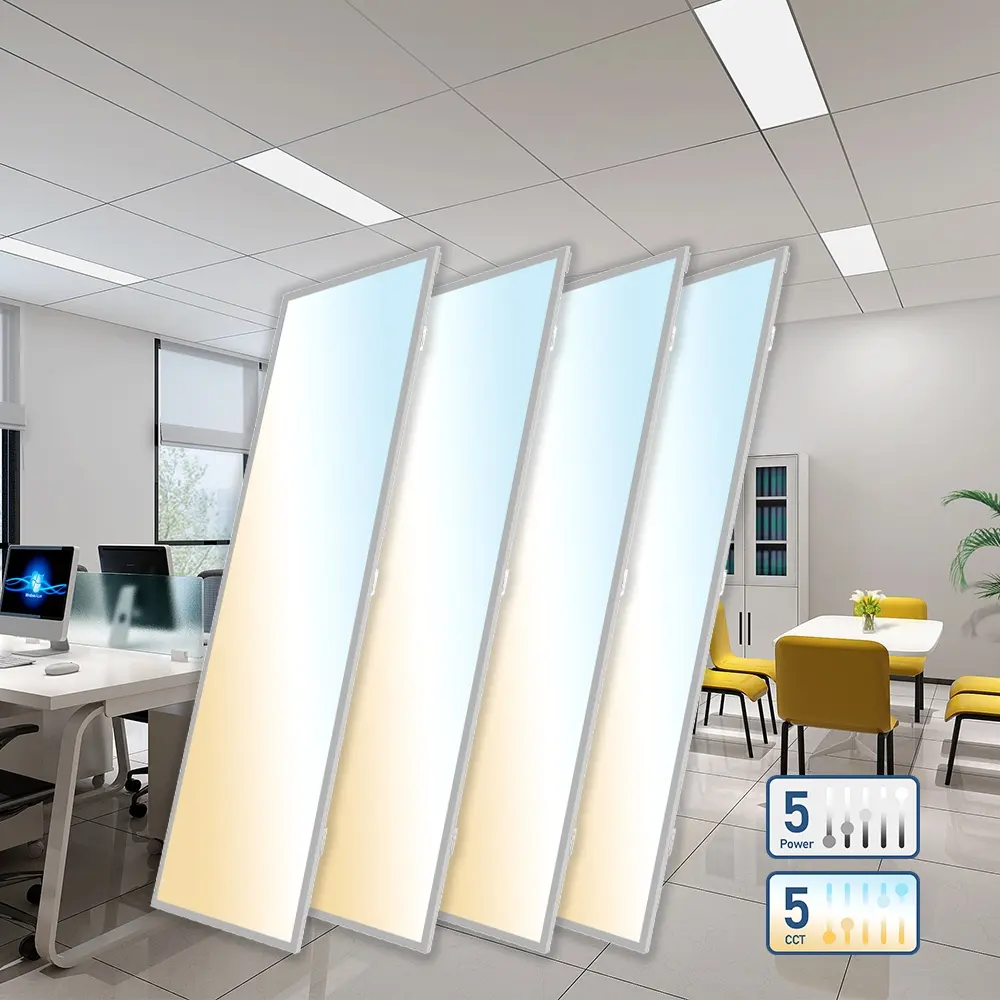Transforming Modern Workspaces with Advanced Lighting Solutions
The evolution of office lighting has taken a dramatic leap forward with LED indoor lighting becoming the gold standard for commercial spaces. As businesses increasingly focus on creating optimal work environments, the shift from traditional lighting solutions to LED technology represents more than just a change in illumination – it's a comprehensive upgrade that impacts everything from employee wellbeing to the bottom line.
Modern offices are embracing LED indoor lighting as a strategic investment that delivers multiple benefits across various operational aspects. This sophisticated lighting technology has revolutionized how we think about workplace illumination, moving beyond basic functionality to become an integral part of intelligent building design and management.
Economic Benefits of LED Office Implementation
Substantial Energy Cost Reduction
One of the most compelling advantages of LED indoor lighting in office settings is the significant reduction in energy consumption. LED fixtures typically use 75% less energy than traditional lighting systems, translating to substantial cost savings on monthly utility bills. For large office spaces, this reduction in energy usage can result in tens of thousands of dollars saved annually.
The economic benefits extend beyond direct energy savings. LED systems generate less heat than conventional lighting, reducing the strain on HVAC systems and further decreasing overall building operating costs. This dual efficiency creates a compound effect on energy savings that makes LED technology an attractive investment for cost-conscious facility managers.
Extended Lifespan and Reduced Maintenance
LED indoor lighting systems boast an impressive operational lifespan that far exceeds traditional lighting options. With an average life expectancy of 50,000 to 100,000 hours, LED fixtures can function effectively for over a decade in typical office settings. This extended durability significantly reduces the frequency and costs associated with bulb replacements and maintenance interventions.
The reduced maintenance requirements also minimize workplace disruptions, allowing offices to maintain continuous operations without the periodic interruptions needed for lighting system upkeep. This operational consistency contributes to improved workplace productivity and reduced facility management overhead.
Environmental and Sustainability Impact
Carbon Footprint Reduction
The environmental benefits of LED indoor lighting align perfectly with corporate sustainability goals. The reduced energy consumption directly translates to lower carbon emissions, helping organizations meet their environmental commitments and regulatory requirements. A typical office building that converts to LED lighting can reduce its carbon footprint by several tons annually.
Additionally, LED fixtures contain no harmful materials like mercury, making them safer for the environment throughout their lifecycle. The longer lifespan of LED systems also means fewer replacements and less waste, contributing to a more sustainable operation model.
Green Building Certification Support
Installing LED indoor lighting can significantly contribute to achieving various green building certifications, such as LEED (Leadership in Energy and Environmental Design). These certifications not only validate a building's environmental performance but can also increase property value and attract environmentally conscious tenants.
The advanced control capabilities of LED systems, including daylight harvesting and occupancy sensing, further enhance their environmental benefits by optimizing light usage based on natural light availability and space occupancy patterns.
Workplace Productivity and Wellness Enhancement
Enhanced Visual Comfort and Performance
LED indoor lighting provides superior light quality that closely mimics natural daylight, creating a more comfortable and productive work environment. The improved color rendering and reduced glare of LED fixtures help reduce eye strain and fatigue, enabling employees to maintain focus and productivity throughout the workday.
The ability to customize light intensity and color temperature allows organizations to create optimal lighting conditions for different tasks and spaces. From bright, cool light in meeting rooms to warmer tones in break areas, LED systems can be tailored to support various workplace activities and functions.
Circadian Rhythm Support
Advanced LED indoor lighting systems can be programmed to adjust throughout the day, supporting natural circadian rhythms. This biological lighting approach helps maintain employee alertness during working hours while promoting better sleep patterns after work. The result is a more energized and focused workforce with improved overall well-being.
The implementation of human-centric lighting strategies through LED technology has been shown to reduce absenteeism and improve job satisfaction, making it a valuable tool for employee retention and workplace wellness programs.

Smart Building Integration Capabilities
Advanced Control Systems
Modern LED indoor lighting systems seamlessly integrate with building management systems, enabling sophisticated control and monitoring capabilities. Through smart controls, offices can implement automated scheduling, occupancy-based lighting, and daylight harvesting to optimize energy usage and comfort levels throughout the facility.
These intelligent systems can also provide valuable data on space utilization and energy consumption patterns, helping facility managers make informed decisions about workspace optimization and resource allocation.
Future-Ready Infrastructure
LED lighting infrastructure serves as a foundation for smart building technologies, supporting the integration of sensors, wireless communications, and other Internet of Things (IoT) devices. This forward-looking approach ensures that office buildings remain technologically relevant and adaptable to future workplace innovations.
The modular nature of LED systems also allows for easy upgrades and modifications as new capabilities become available, protecting the initial investment while enabling continuous improvement in building performance.
Frequently Asked Questions
How quickly can businesses expect to see returns on LED lighting investment?
Most businesses typically see a return on investment within 2-3 years through energy savings and reduced maintenance costs. However, this can vary depending on factors such as usage patterns, existing infrastructure, and local energy costs.
Can LED lighting be installed in existing office spaces without major renovations?
Yes, many LED solutions are designed as direct replacements for traditional lighting fixtures, allowing for straightforward retrofitting with minimal disruption to office operations. Some modifications to existing infrastructure may be needed for advanced control features.
What maintenance is required for LED office lighting systems?
LED systems require minimal maintenance beyond occasional cleaning and periodic system checks. The long lifespan of LED fixtures means that replacement cycles are significantly extended compared to traditional lighting, reducing ongoing maintenance requirements substantially.





